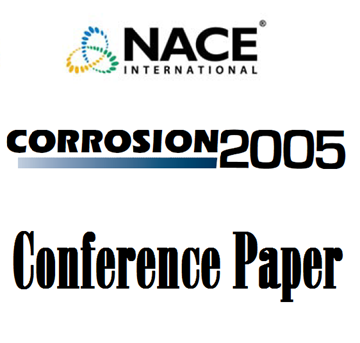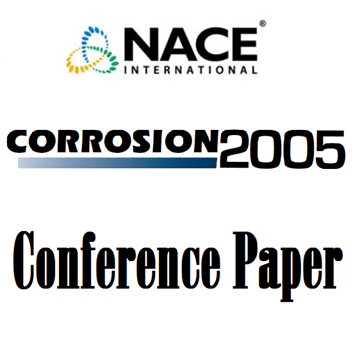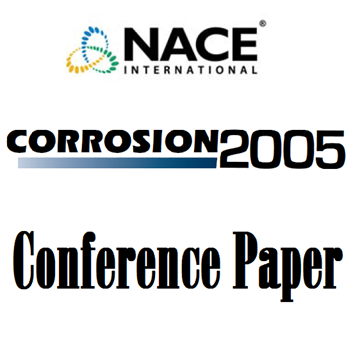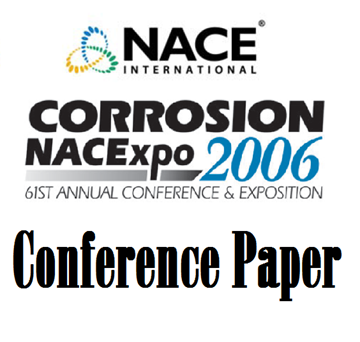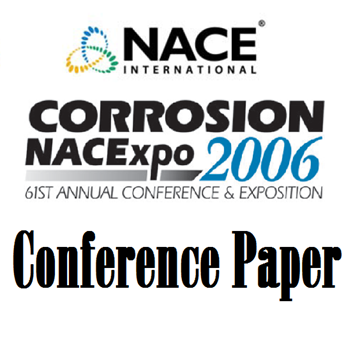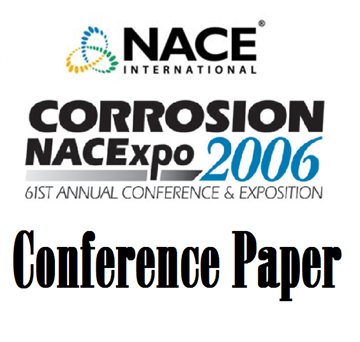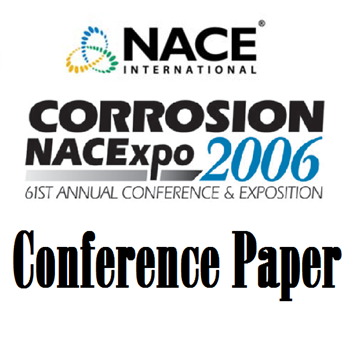Search
Coatings and Linings
View as
Sort by
Display
per page
05002 Antifouling Coatings for Offshore Structures
Product Number:
51300-05002-SG
ISBN:
05002 2005 CP
Publication Date:
2005
$20.00
05021 A Critical Review of Current Performance Tests for Offshore Anti-Corrosive Coatings
Product Number:
51300-05021-SG
ISBN:
05021 2005 CP
Publication Date:
2005
$20.00
05029 Practical Analysis of Cathodic Disbondment Test Methods
Product Number:
51300-05029-SG
ISBN:
05029 2005 CP
Publication Date:
2005
$20.00
05031 Testing and Selection of Girth Weld Protective Coatings
Product Number:
51300-05031-SG
ISBN:
05031 2005 CP
Publication Date:
2005
$20.00
06053 MULTI-LAYER PIPELINE COATING SYSTEMS: A NEW LOOK AT THE EVALUATION OF CERTAIN QC TESTS AND CRITICAL APPLICATION PARAMETERS FOR FBE PRIMERS
Product Number:
51300-06053-SG
ISBN:
06053 2006 CP
Publication Date:
2006
$20.00
06057 Hidden Problems with Three Layer Polypropylene Pipeline Coatings
Product Number:
51300-06057-SG
ISBN:
06057 2006 CP
Publication Date:
2006
$20.00
06207 A PRACTICAL APPROACH FOR DEHUMIDIFICATION OF HUGE STORAGE TANKS DURING INTERNAL COATING APPLICATION
Product Number:
51300-06207-SG
ISBN:
06207 2006 CP
Publication Date:
2006
$20.00
06318 EXPECTED SERVICE LIFE AND COST CONSIDERATIONS FOR MAINTENANCE AND NEW CONSTRUCTION PROTECTIVE COATING WORK
Product Number:
51300-06318-SG
ISBN:
06318 2006 CP
Publication Date:
2006
$20.00
06516 EVALUATION OF ANTIFOULING COATINGS PERFORMANCE TO PROTECT CARBON STEEL AGAINST MIC AND BIOFOULING IN POLLUTED SEAWATER
Product Number:
51300-06516-SG
ISBN:
06516 2006 CP
Publication Date:
2006
$20.00
07006 INORGANIC ZINC PRIMER VS ORGANIC ZINC PRIMER: (an end-user point of view ).
Product Number:
51300-07006-SG
ISBN:
07006 2007 CP
Publication Date:
2007
$20.00
07009 FLUOROETHYLENE VINYL ETHER RESINS FOR APPLICATIONS IN MARINE ENVIRONMENTS
Product Number:
51300-07009-SG
ISBN:
07009 2007 CP
Publication Date:
2007
$20.00
07021 MODIFIED CATHODIC DISBONDMENT TESTING OF EXTERNAL POLYMERIC PIPELINE COATINGS
Product Number:
51300-07021-SG
ISBN:
07021 2007 CP
Publication Date:
2007
$20.00

